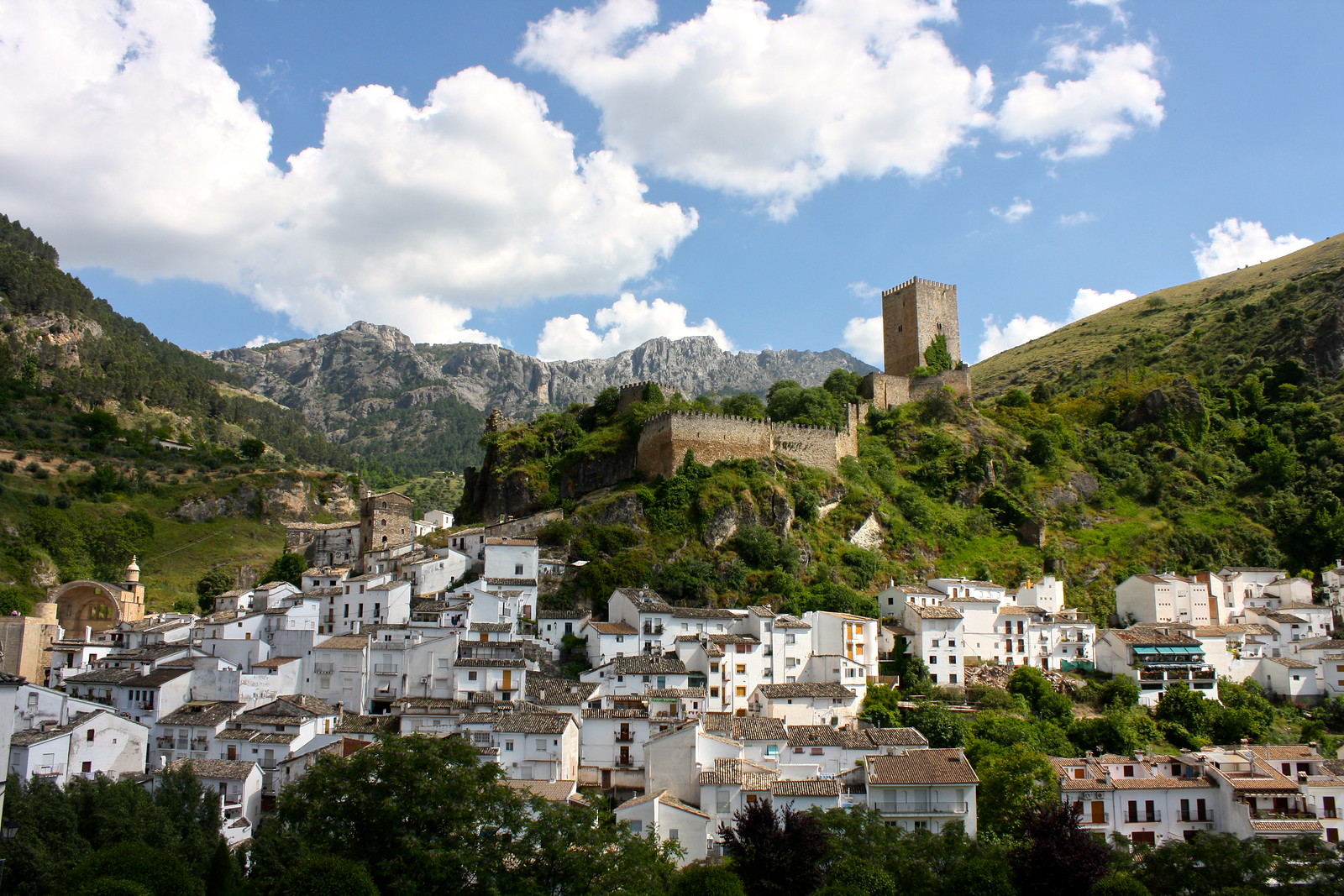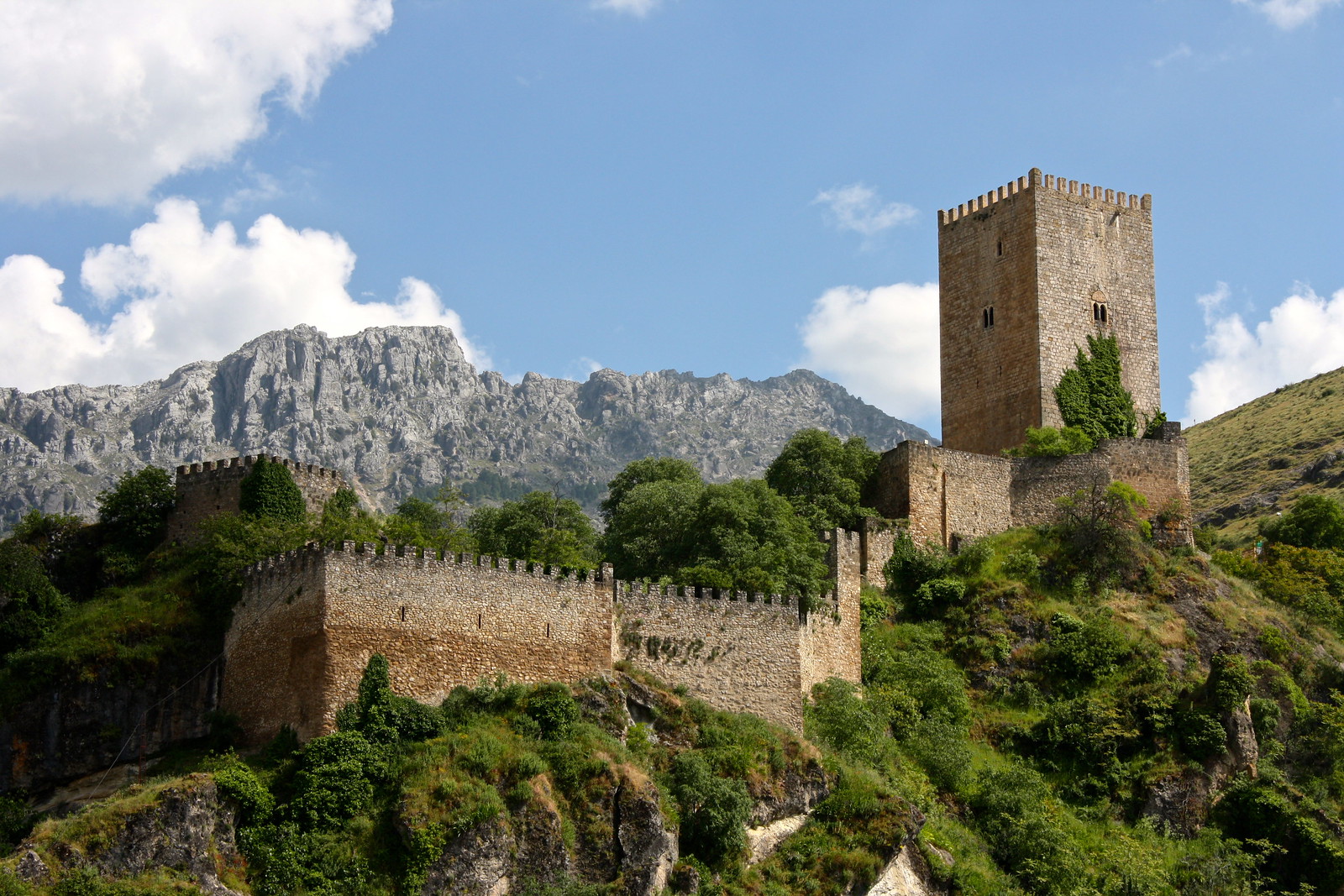Photo Post: Cazorla, Spain, Gateway to the Mountains
 |
| Cazorla |
Back home in the States, I’m really fond of cities that snuggle up to the foothills of nearby mountain ranges. Although cities like Hot Springs, Ark., Jackson Hole, Wyo., or Estes Park, Colo., all have a lot to offer, they still manage to keep a really cozy, comfortable mountain atmosphere about them.
I was reminded of these kinds of towns when I took a daytrip last year from Úbeda to Cazorla, which sits at the boundary between the sea of olive trees that governs most of southern Spain and a triplet of mountain systems that range southwest to northeast. Pronounced “kah-THOR-lah” [kaˈθoɾ.la], this town of only 8,000 doesn’t feel like a sleepy, middle-of-nowhere pueblo; instead, monumental reminders of the village’s past stand alongside busy streets filled with open-air patio bars and restaurants.
| Ruins of the Church of Santa María |
What would have been Cazorla’s major church is also, uh, open-air today. It was built in the 1500s as yet another work by local Renaissance architect Andrés de Vandelvira in the province (see Úbeda, Baeza, and Jaén for more examples); it would have been a grand, three-naved church for this capital city of the Adelantamiento de Cazorla administrative area. However, in 1694, the Cerezuelo River flooded, causing serious damage to the structure that still wasn’t completely finished. All of the decorations were destroyed, but the worst part was that the floor fell out, because…
 |
| Vaulting of the Cerezuelo River |
…the Cerezuelo River had been diverted into a canal that runs beneath the foundations of the Church of Santa María. Local authorities created this underground river in order to have a wider position to build the church on, but when the storm came through and the river flooded, the bóveda (vaulting) of the canal collapsed, taking the church down with it.
Today, you can stroll around what little is left of the church, and the city often hosts music concerts on the restored platform. You can also take an inexpensive guided tour of the river’s passageway, a long cave-like canal filled with the echoes of the roaring river. It’s a very cool way to experience Renaissance-era engineering.
 |
| Yedra Castle |
Cazorla’s crown is the Castillo de la Yedra—the “castle of the ivy.” Built over Moorish foundations, this medieval-era castle sits on top of a hill around which the Cerezuelo River flows. It’s not incredibly big, but you can go up the keep tower, see its restored interior, and learn about traditional life in the attached Museum of Popular Arts and Customs.
 |
| Streets of Cazorla |
What was your favorite photo from this post? Have you ever been to Cazorla before? Do you enjoy the cozy vibe mountain towns usually have? Add your voice to the comments below!
